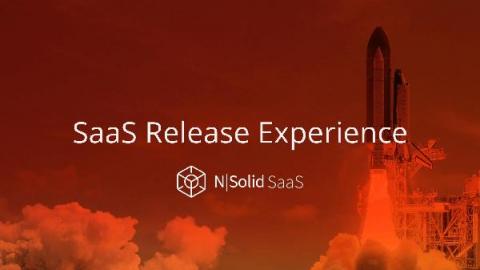4 Reasons Why Visibility is Crucial in Lifecycle Management
Within application lifecycle management, one of the most significant challenges for practitioners and managers alike is visibility. More specifically, the lack of real-time visibility at any given moment of development. With a comprehensive lifecycle management tool like Helix ALM, your entire team can enjoy clear visibility throughout the lifecycle of your product. Here are four reasons why visibility is crucial for success in lifecycle management.









